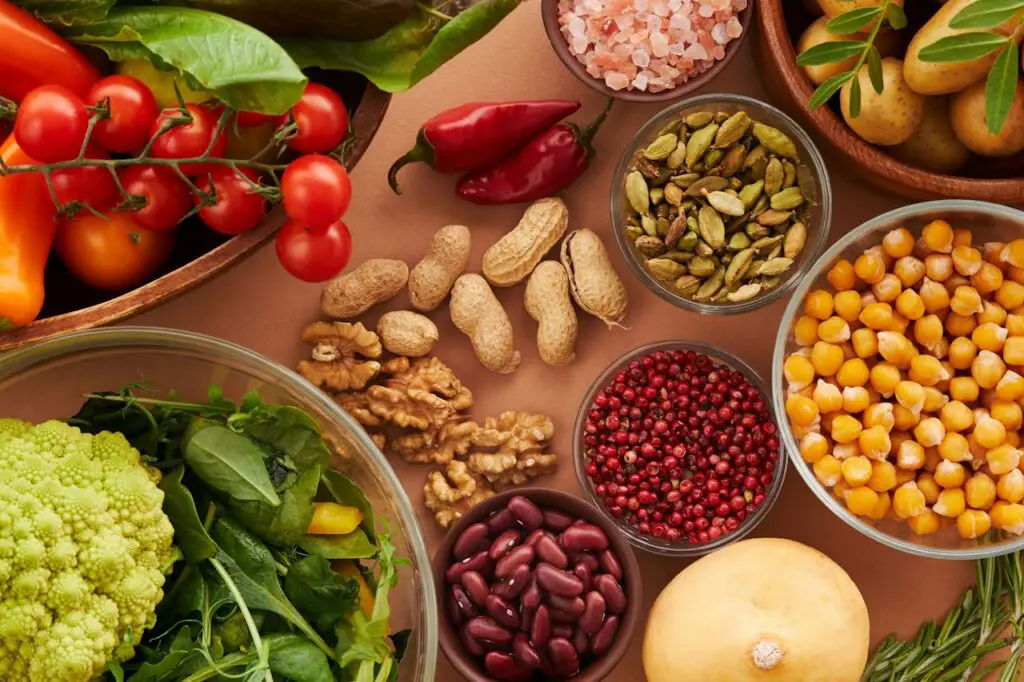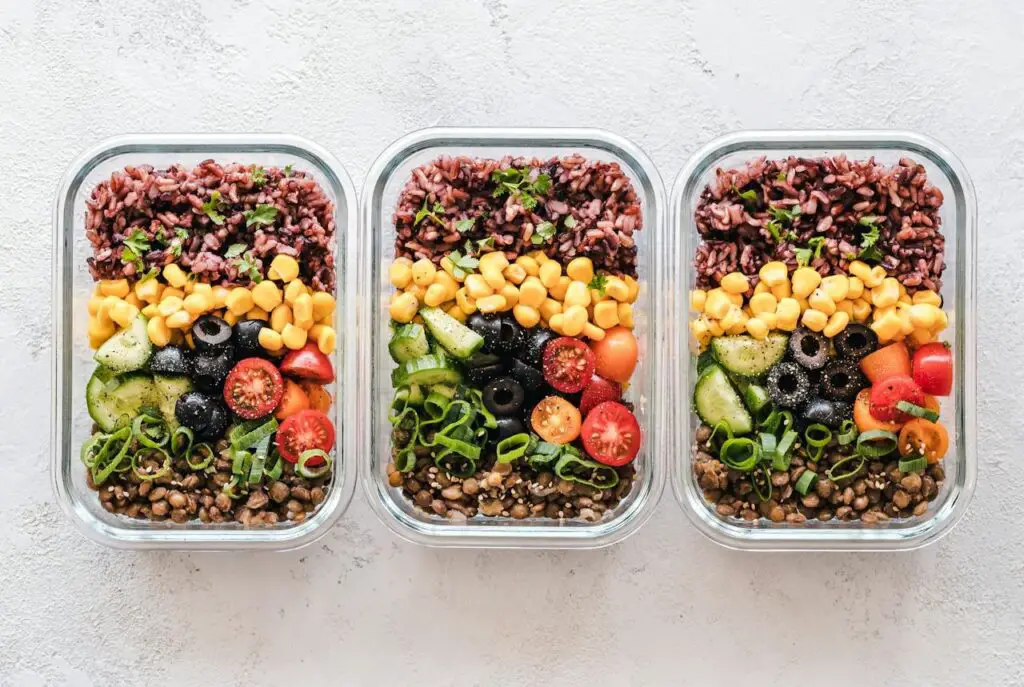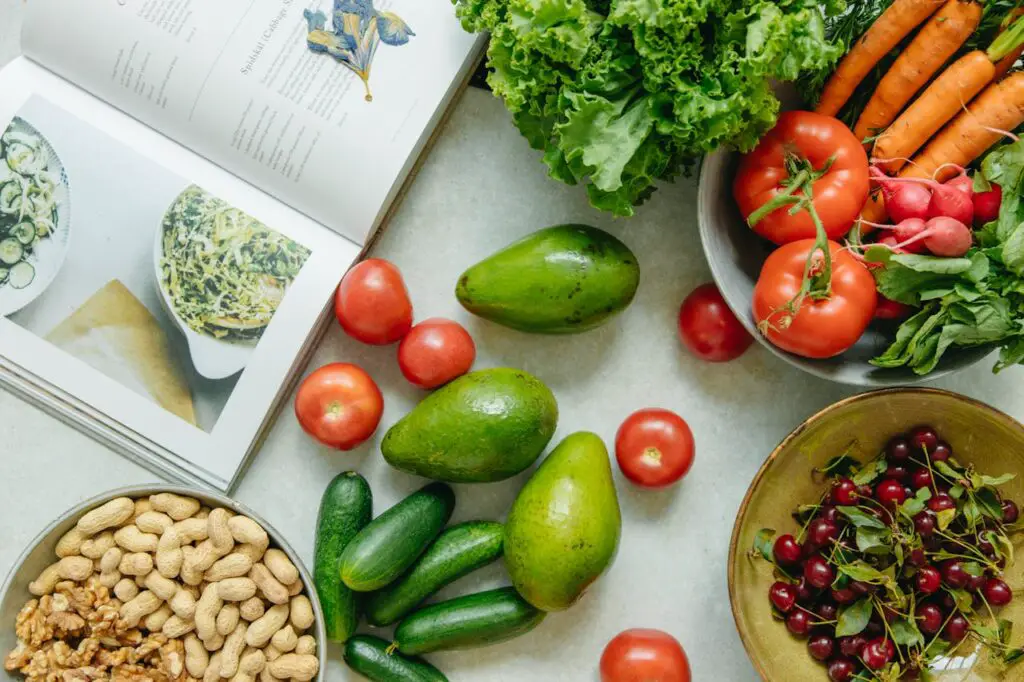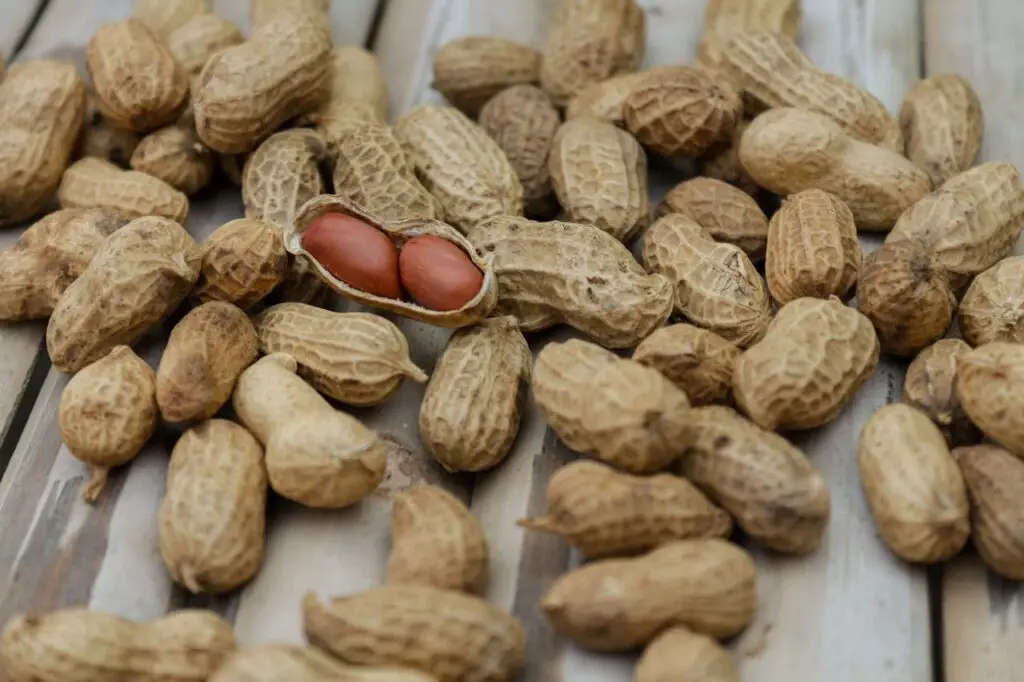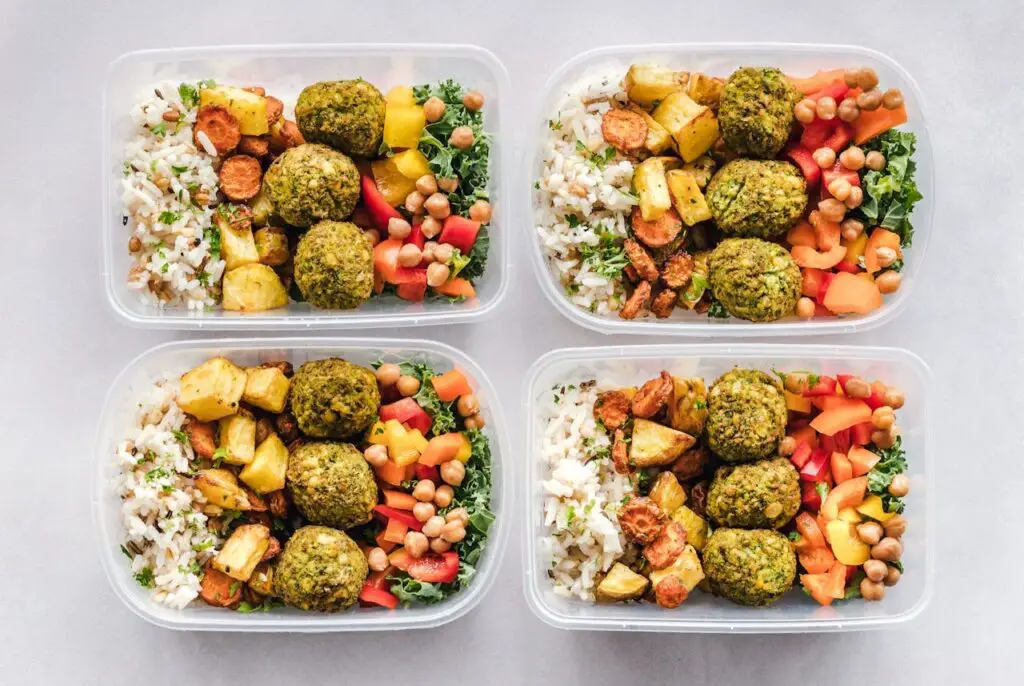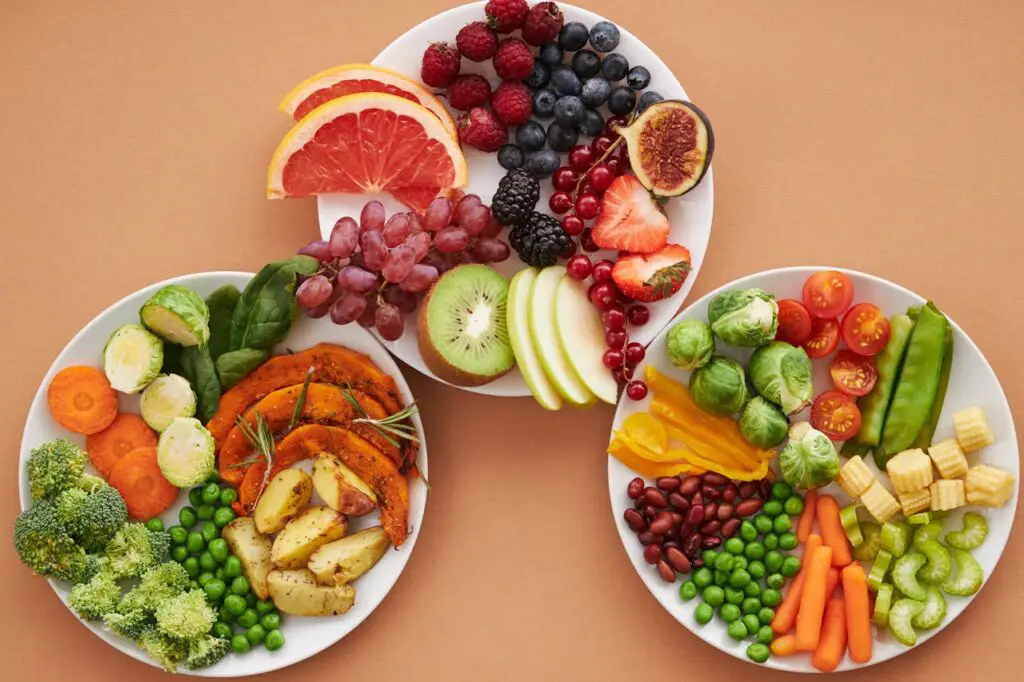Switching to a plant-based diet is one of the best things you can do for your health, the environment, and even your wallet. Packed with essential nutrients, plant-based eating reduces the risk of chronic diseases, improves digestion, and boosts overall well-being. If you are looking to incorporate more plant-based foods into your diet without feeling overwhelmed, here are 10 simple ways to make the transition smooth and enjoyable.
1. Start with Meatless Mondays
Making small changes is the key to a successful transition, and Meatless Mondays are a great way to ease into plant-based eating. Dedicate one day a week to plant-based meals and explore delicious alternatives like lentil soups, veggie stir-fries, or hearty grain bowls. This gradual shift helps you discover new flavors, build confidence in plant-based cooking, and eventually expand it to more days of the week.
2. Load Up on Fruits and Vegetables
A plant-based diet is centered around fresh produce, so make fruits and vegetables the highlight of your meals. Aim to fill half your plate with a variety of colorful, nutrient-dense options like leafy greens, bell peppers, berries, and sweet potatoes. These foods are packed with vitamins, antioxidants, and fiber, promoting better digestion and long-term health.
3. Swap Animal Protein for Plant-Based Protein
One of the biggest concerns when transitioning to a plant-based diet is protein intake, but there are plenty of excellent plant-based sources. Swap meat and dairy with protein-rich alternatives like beans, lentils, chickpeas, tofu, tempeh, quinoa, and nuts. These foods not only provide essential amino acids but also contain fiber and healthy fats, making them a superior choice for overall wellness.
4. Experiment with Dairy Alternatives
Ditching dairy does not mean giving up your favorite foods—there are plenty of delicious plant-based alternatives available. Replace cow’s milk with almond, oat, soy, or coconut milk, and try dairy-free cheeses, yogurts, and butter. These alternatives are not only healthier but also easier to digest for those who are lactose intolerant or have dairy sensitivities.
5. Rethink Your Snacks
Snacking is an opportunity to nourish your body with wholesome plant-based options rather than processed junk food. Opt for raw nuts, hummus with veggie sticks, fresh fruit, or energy bars made from natural ingredients. You can also make your own plant-based snacks, such as roasted chickpeas, homemade granola, or avocado toast, to keep you full and energized throughout the day.
6. Try Plant-Based Meat Substitutes
If you love the taste and texture of meat, consider trying plant-based meat alternatives made from soy, pea protein, mushrooms, or jackfruit. Brands like Beyond Meat and Impossible Foods offer burgers and sausages that closely mimic meat while being entirely plant-based. Additionally, jackfruit makes an excellent substitute for pulled pork, while mushrooms add a meaty texture to various dishes.
7. Plan Your Meals Ahead
One of the biggest challenges of switching to a plant-based diet is knowing what to eat. Meal planning helps you stay on track, avoid unhealthy choices, and ensures you get all the necessary nutrients. Plan out your meals for the week, batch-cook staples like quinoa and beans, and prepare healthy snacks in advance to make plant-based eating more convenient and enjoyable.
8. Learn to Read Food Labels
Many processed foods contain hidden animal-derived ingredients, so learning to read labels is essential. Watch out for terms like gelatin, whey, casein, and certain food colorings, which are often animal-based. Stick to whole, minimally processed foods, and when in doubt, look for labels that certify a product as vegan or plant-based.
9. Find Plant-Based Versions of Your Favorite Dishes
You do not have to give up your favorite meals when transitioning to a plant-based diet—just find plant-based alternatives. Love spaghetti and meatballs? Swap out meat for lentil or mushroom-based meatballs. Crave tacos? Use black beans or jackfruit as the filling. Enjoy baking? Replace eggs with flaxseeds, chia seeds, or applesauce. There are countless delicious plant-based recipes that replicate classic comfort foods without sacrificing taste.
10. Educate Yourself and Stay Inspired
The more you learn about plant-based nutrition, the easier it will be to make informed choices and stick to your new lifestyle. Read books, follow plant-based food bloggers, watch documentaries, and join online communities for support and inspiration. Surrounding yourself with knowledge and like-minded individuals will help you stay motivated and enjoy the benefits of plant-based eating in the long run.
Final Thoughts
Transitioning to a plant-based diet can feel overwhelming at first, but there are ways to make the process easier. Start by experimenting with different cuisines, as many global dishes are naturally plant-based. Mediterranean, Middle Eastern, and Asian cuisines offer an array of plant-focused meals full of bold flavors and textures. Additionally, ensure you get a variety of nutrients by consuming a mix of vegetables, whole grains, legumes, nuts, and seeds daily. Finally, be patient with yourself—adapting to a new way of eating takes time, and every small change you make contributes to long-term health benefits.
Adopting a plant-based diet does not have to be complicated or restrictive. By making small, sustainable changes, you can improve your health, support the environment, and discover a world of delicious, nutritious foods. Whether you start with one meat-free meal a week or dive right in, these simple steps will help you transition smoothly and enjoy all the benefits of plant-based living. Ready to give it a try? Start today and embrace a healthier, plant-powered lifestyle!

